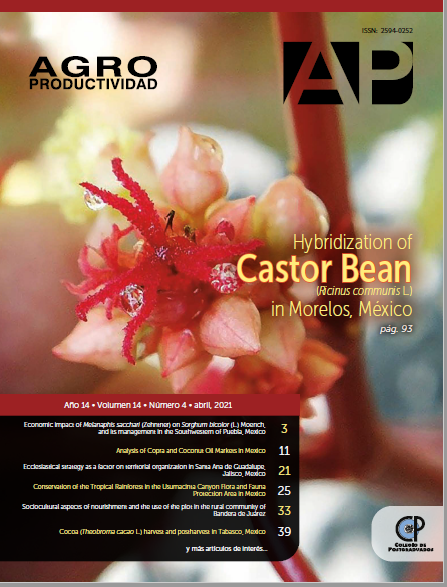Cerium (Ce) Affects the Phenological Cycle and the Quality of Tulip (Tulipa gesneriana L.)
##plugins.themes.bootstrap3.article.main##
Keywords
biostimulation, rare earth elements, hormesis, ornamentals.
Resumen
Objective: To study the effect of Ce applied in a nutrient solution during the productive cycle, on the duration of the phases of the phenological cycle of tulip cv. Jan van Nes.
Design/Methodology/Approach: Commercial bulbs (caliber 12+) were planted under shade cloth conditions during the autumn-winter period. The levels of Ce used were 5, 15 and 15 µM from CeCl3 7H2O; Ce was applied in the nutrient solution from the first day of the sowing, apart from the control without its application.
Results: The different concentrations of Ce bulb sprouting. The low concentration of Ce (5 ?M) promoted the early formation of floral buds and their coloration. Hence, the application of 5 ?M Ce advances flowering of the tulip without exhibiting changes in the period of time to reach senescence. When 25 ?M Ce were applied, the opposite effects were observed. The duration of the flower was not significantly affected by the treatments.
Study Limitations/Implications: This study was made only in one cultivar of tulip.
Findings/Conclusions: The application of 5 µM of Ce had a positive effect in the tulip cycle, by stimulating bulb sprouting, the formation of the floral bud, the coloration, and the advance of the flowering cycle

